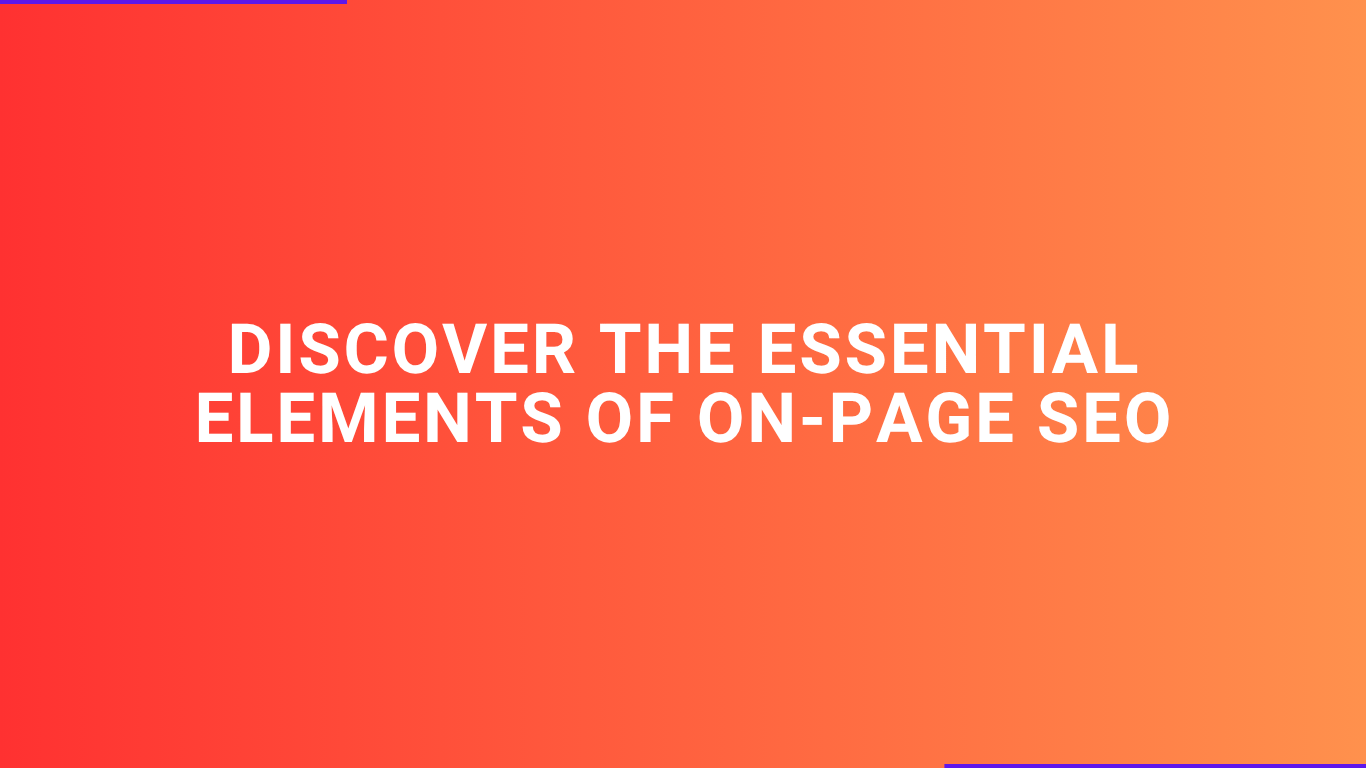
Discover the essential elements of On-Page SEO
Understanding On-Page SEO: Importance and Key Strategies
Introduction to On-Page SEO
On-page SEO refers to the practices and strategies implemented directly on a website with the primary goal of improving its visibility and ranking in search engine results pages (SERPs). These practices encompass various elements, including content quality, HTML source code, and overall website structure. Unlike off-page SEO, which focuses on external factors such as backlinks and social media presence, on-page SEO pertains solely to the optimization of elements within the website itself.
Table Of Content
One of the fundamental aspects of on-page SEO is the optimization of content. This includes ensuring that the content is relevant, informative, and valuable to the target audience. Search engines prioritize websites that provide high-quality content that aligns with users’ search intentions. Therefore, incorporating keywords strategically throughout the content is essential, as this helps search engines understand the topic of the page and its relevance to specific queries.
Another critical component of on-page SEO is the optimization of meta tags, including title tags and meta descriptions. These elements are essential for enticing users to click on a website from the search results. Title tags should be concise yet descriptive, while meta descriptions should provide a succinct summary of the page’s content. Additionally, employing header tags appropriately can help organize content and enhance readability for both users and search engines.
Moreover, factors such as website loading speed, mobile-friendliness, and user experience contribute significantly to on-page SEO. A well-structured website that is easy to navigate will not only improve user engagement but also signal to search engines that the site is valuable and credible. Consequently, implementing effective on-page SEO strategies can result in higher organic traffic and improved rankings over time.
The Core Elements of On-Page SEO
On-page SEO refers to the optimization tactics applied directly within a webpage to enhance its visibility and ranking on search engines. Understanding the core elements of on-page SEO is essential for any digital marketing strategy. Five critical components that constitute effective on-page SEO include title tags, meta descriptions, headers, URL structure, and content quality.
Title tags are the first element that search engines review when ranking a page. A well-crafted title tag should accurately reflect the content’s subject while incorporating target keywords. This brief line is crucial as it appears as the clickable headline in search results, impacting user engagement and click-through rates.
Meta descriptions, while not directly impacting rankings, play a vital role in enticing users to click. A compelling meta description summarizes the content and includes relevant keywords, allowing searchers to grasp the page’s relevance quickly. Crafting an engaging meta description can significantly improve the likelihood of attracting organic traffic.
Headers (H1, H2, H3, etc.) not only help structure the content but also signal to search engines the hierarchy and relevance of the information presented. Proper use of headers enhances readability for users and allows search engines to better understand the content’s flow, providing further optimization opportunities.
The URL structure is another key element in on-page SEO. A clean, descriptive URL that includes relevant keywords not only aids search engines in indexing the page but also informs users about what to expect. Simplified URLs are typically more user-friendly and shareable, enhancing overall usability.
Finally, content quality remains the cornerstone of any on-page SEO strategy. Engaging, informative, and valuable content that is keyword-optimized can significantly improve user retention and drive organic traffic. Fresh, original content offers insights that yield higher engagement and, when implemented effectively, supports all other on-page SEO efforts.
Benefits of On-Page SEO
On-page SEO encompasses a wide range of tactics aimed at optimizing individual web pages to improve their ranking in search engines. One of the primary benefits of implementing effective on-page strategies is improved visibility in search engine results. By optimizing elements such as title tags, meta descriptions, and keyword usage, websites can attain higher rankings for relevant search queries. This increased visibility ensures that the content reaches a broader audience, thereby potentially driving more organic traffic to the site.
Enhanced user experience is another significant advantage of on-page SEO. By focusing on usability elements such as page load speed, mobile responsiveness, and intuitive navigation, websites can create a more satisfying experience for visitors. When users find information quickly and easily, they are more likely to stay longer, reducing bounce rates and fostering deeper engagement with the content. For example, a well-structured website with easy-to-read formatting and clear calls to action can guide users seamlessly to their desired information.
Higher engagement rates result directly from a focus on on-page SEO strategies. Engaging content, proper keyword placements, and clear visual elements work together to keep visitors interested. Well-implemented on-page techniques not only create relevant content but also facilitate interactions, such as comments or shares on social media platforms. This heightened interaction can lead to increased brand awareness and loyalty among users.
Ultimately, the culmination of improved visibility, enhanced user experience, and higher engagement rates translates into increased conversions. Numerous case studies highlight websites that have successfully leveraged on-page SEO tactics to boost their sales and lead generation. For instance, a well-known e-commerce site revamped its product pages through optimized descriptions and high-quality images, resulting in a significant rise in both traffic and sales. Such real-world examples demonstrate the tangible benefits of on-page SEO in today’s digital marketing landscape.
Keyword Research and Strategy
Keyword research is a fundamental component of on-page SEO. It involves identifying and analyzing the search terms that users enter into search engines when looking for information, products, or services. By understanding the keywords relevant to your audience, you can create content that meets their needs and aligns with their search intent. Effective keyword research starts with brainstorming potential terms and phrases, followed by utilizing various tools to assess their search volume, competition, and relevance.
Once target keywords have been identified, strategizing their placement within the content is crucial. Keyword placement refers to the strategic integration of chosen keywords into various elements of a webpage, including headings, meta descriptions, and throughout the body content. This careful positioning not only enhances the keyword’s visibility but also signals to search engines the main topics covered in the content. It is essential, however, to maintain a natural flow and avoid keyword stuffing, which can lead to penalties and negatively impact user experience.
An effective strategy often incorporates long-tail keywords, which are longer and more specific phrases that typically yield lower competition than broader keywords. For instance, a general keyword like “shoes” might generate high traffic, but a long-tail variant such as “best running shoes for flat feet” attracts a more targeted audience inclined to convert. By focusing on long-tail keywords, content creators can ensure they target a niche market, enhancing both relevance and traffic quality. This approach not only boosts visibility in search engine results but also drives engagement by connecting with users seeking precise solutions.
Content Quality and Relevance
In the realm of search engine optimization, the quality and relevance of content are paramount for achieving favorable rankings on search engine results pages (SERPs). High-quality content not only addresses the specific queries that users have but also aligns closely with their search intent. This alignment fosters user engagement and reduces bounce rates, as visitors are more likely to stay on a page that provides meaningful and informative content.
Original content is a critical component of effective SEO strategies. Search engines favor unique and insightful material, as it enhances user experience and distinguishes a website from its competitors. By prioritizing originality, websites can avoid penalties associated with duplicate content that can adversely affect their rankings. This original content should be tailored to meet the needs of the target audience, utilizing active language and clear structures to improve comprehension and retention.
When it comes to the optimal length for articles, recent studies suggest that longer content tends to perform better in search rankings. Articles between 1,500 and 2,500 words are generally considered effective; however, quality should not be sacrificed for length. Each piece of content should provide in-depth information while being concise enough to maintain the reader’s attention. Furthermore, maintaining an appropriate keyword density, ideally between 1% and 2%, helps ensure that the content remains relevant without becoming overly repetitive or detracting from readability.
In crafting SEO-driven content, writers should aim to incorporate semantic equivalents and synonyms for primary keywords. This enhances the content’s overall relevance while allowing for a natural flow of ideas. Utilizing variations of the focus keyword aids in capturing a wider audience and can improve visibility across different search queries. Balancing keyword strategy with high-quality writing is essential for engaging readers and achieving sustained SEO success.
The Role of Internal Linking
Internal linking refers to the practice of hyperlinking to other pages within the same domain. This practice plays a crucial role in optimizing on-page SEO, significantly influencing how search engines and users navigate a website. By connecting related content, internal links help establish a logical structure for a website, guiding users to find relevant information effortlessly. Furthermore, this strategy not only enhances the user experience but also aids search engines in understanding the site’s hierarchy and importance of various pages.
One of the primary benefits of internal linking is its capability to reduce bounce rates. When visitors click on internal links, they are encouraged to explore more content rather than leaving the site quickly. This engagement signals to search engines that the content is valuable and relevant, contributing positively to the overall SEO of the site. Additionally, a well-thought-out internal linking structure can lead to improved navigation, ensuring that users can easily access multiple related resources. Such navigational ease often results in longer session durations, which is another positive factor for SEO rankings.
Moreover, internal linking helps to enhance the overall authority of the linked pages. When a high-traffic page includes links to other pages on the site, it can pass on some of that authority, or “link juice,” thereby boosting the visibility of the other pages. This collaboration between various content pieces signifies to search engines that there is interrelated value within the content of the site, often leading to improved rankings for those interconnected pages in search results.
In summary, effective internal linking is an essential component of on-page SEO that benefits both site navigation and overall authority. By strategically implementing internal links, website owners can improve the user experience and optimize their content’s discoverability in search engines, which ultimately contributes to their SEO success.
User Experience (UX) and On-Page SEO
User experience (UX) has become an integral component of on-page SEO strategies in recent years, significantly influencing how websites rank in search engines. As search engines evolve, their algorithms increasingly favor websites that deliver a positive user experience, recognizing its importance in retaining visitors and reducing bounce rates. Several key factors contribute to enhancing UX, including site loading speed, mobile-friendliness, and intuitive navigation.
Firstly, site loading speed plays a critical role in determining user satisfaction. Studies indicate that users expect a web page to load in two seconds or less; beyond this threshold, the likelihood of users abandoning the page increases substantially. To optimize this aspect of on-page SEO, webmasters should focus on minimizing server response times, compressing images, and leveraging browser caching. Faster loading times lead not only to improved retention rates but also positively impact search engine rankings, as search engines prioritize speedy websites.
Mobile-friendliness is another essential factor that affects both UX and on-page SEO. With a significant portion of internet traffic now coming from mobile devices, having a responsive design is vital for catering to this audience. Websites that are not mobile-optimized risk alienating a large demographic of users. Utilizing responsive design techniques and ensuring that content is easily navigable on smaller screens can enhance the mobile user experience, thereby improving overall site rankings on search engine results pages.
Lastly, intuitive navigation is crucial for a seamless browsing experience. Websites should be structured in a way that allows users to find information quickly and easily. This involves clear labeling of categories and subcategories, a logical hierarchy of content, and the use of breadcrumbs or other navigational aids. A well-organized website not only helps users but also allows search engines to crawl and index content more effectively, leading to enhanced discoverability in search results.
The Importance of Meta Tags
Meta tags play a crucial role in on-page SEO, serving as essential elements that inform search engines about the content of a webpage. Among the various types of meta tags, the most significant are title tags, meta descriptions, and header tags. Each of these tags provides unique insights that can substantially impact both search engine rankings and user engagement.
The title tag is often the first interaction a user has with a webpage in search engine results. It serves not only as a headline but also as a strong indicator of the content it links to. A well-optimized title tag incorporates relevant keywords, allowing search engines to understand the topic of the page more comprehensively. Moreover, an attractive title can significantly improve the click-through rate (CTR), enticing users to visit the site. This dual function makes the title tag imperative for achieving higher visibility in search results.
Similar to title tags, meta descriptions provide a concise summary of the webpage’s content, further influencing a user’s decision to click on a link. Although meta descriptions do not directly impact search engine rankings, they are essential in improving CTR because they encapsulate what users can expect when visiting the site. Utilizing action-oriented language and incorporating target keywords in meta descriptions can enhance their effectiveness, making them more appealing to users scanning through search results.
Header tags (H1, H2, etc.) are another critical component of on page seo. These tags help structure content for better readability and comprehension, allowing both users and search engines to navigate the page easily. Properly formatted header tags signal the hierarchy of information and can help search engines index the content more efficiently. Therefore, optimizing header tags with relevant keywords is essential for maximizing on-page SEO efficacy.
Conclusion: The Future of On-Page SEO
As the digital landscape continues to evolve, understanding the importance of on-page SEO becomes increasingly critical for marketers and website owners. This blog post highlighted key strategies, including keyword optimization, meta tags, and content quality, that form the backbone of effective on-page SEO practices. By focusing on these elements, businesses can enhance their visibility and drive organic traffic to their websites.
Emerging trends suggest that user experience is poised to play an even more significant role in on-page optimization. With the rise of voice search and mobile usage, it is essential for websites to be responsive and provide seamless navigation. Page loading speed and mobile-friendliness are becoming vital ranking factors, necessitating that website owners prioritize on-page SEO techniques that foster these attributes.
Moreover, the integration of artificial intelligence and machine learning in search algorithms may alter how on-page SEO is approached. Search engines are becoming more adept at understanding user intent, which means that content must be not only well-optimized but also highly relevant and engaging. This shift emphasizes the need for quality over quantity, encouraging marketers to focus on creating comprehensive, informative, and user-centric content rather than simply targeting specific keywords.
The future of on-page SEO will likely involve an ongoing adaptation to shifting consumer behaviors and technological advancements. Keeping abreast of these changes and refining on-page strategies accordingly will be crucial for maintaining competitive advantage. Organizations that can effectively implement these strategies will see improved search rankings and greater customer engagement, ultimately supporting their overall growth objectives in an ever-changing online environment.


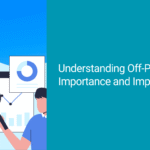
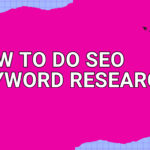
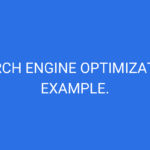
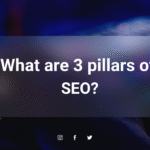
These tips are practical — not just theory like other sites.